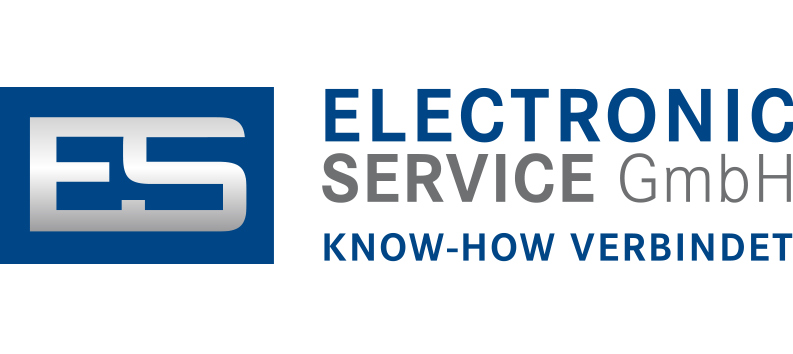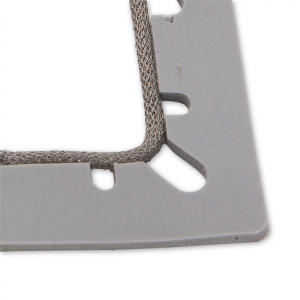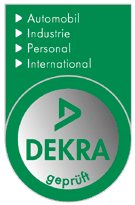5 Design Considerations for EMI and Weather Sealing Combination Gaskets
Combination electromagnetic interference (EMI) shielding and weather gaskets, more commonly known as EMI shielded combo strip gaskets, are an excellent choice for a variety of applications that require a resilient, highly conductive sealing solution of knitted wire mesh with the integration of an elastomer for weather sealing. Typical applications include electronics cabinet doors, telecommunication trailers, wing panel gaskets for the protection against lightning strikes, and EMP specified requirements and sealing of shipboard and EMI.
There are five major features to consider for EMI shielded combo strip gaskets: the elastomers available, the metals available, the various mesh knit densities available, the various profile geometries available and the option of an overmolded gasket.
1. Variety of elastomers available
Elastomers are available in a silicone sponge or solid, or neoprene in sponge form to meet customer needs such as closure force, fluid resistance and NASA outgassing requirements. Elastomers allows for an increase in gasket life and reduces the overall ownership cost. Three specific design parameters are the most important variables to take into consideration when evaluating elastomer choices. These criteria are fluid exposure, temperature requirements and necessary compression characteristics of the material. Generally, solid elastomers are used in conjuncture with cast or machined surfaces due to their larger force requirements for deflection. Sponge offerings have less force requirements for deflection and are therefore typically used in conjuncture with sheet metal enclosures.
2. Broad range of metal alloys offered
A broad range of metal alloys are offered to meet the requirements of electrical and galvanic corrosion. This also makes it possible for customers to meet budgetary needs by using Monel (Ni/Cu alloy), Ferrex (SnCuFe), aluminum, or stainless steel.
3. Various mesh knit layers available
Various mesh knit layers are available to meet with the required electrical performance. Military applications will require multiple layers to ensure maximum protection while in less extreme applications, less layers are needed. These variations reduce gasket replacement schedules and improve their durability, allowing them to be handled during in-field installation. Most critical of these criteria include galvanic compatibility, electrical
performance, overall gasket durability and temperature range requirements.
4. Various profile geometries
There are round, square, or rectangle profile geometries available that allow for design leniency for application in specific performances. Which geometry you’d choose depends on the criteria necessary to the application, including, but not limited to, gasket deflection percentage, necessary compression characteristics of the material, application load available for gasket deflection and planned gasket affixation method.
5. Bonded vs. overmolded
These combo strip gaskets are available in both bonded or overmolded version for tiered performance options. If needed, overmolded gasket can be used but only for wing panel applications.
An overview of the different EMI shielded combo strip gaskets can be found here.
We will be happy to help you with the selection or advise you which material makes the most sense in your case. Please feel free to contact our team directly here!





